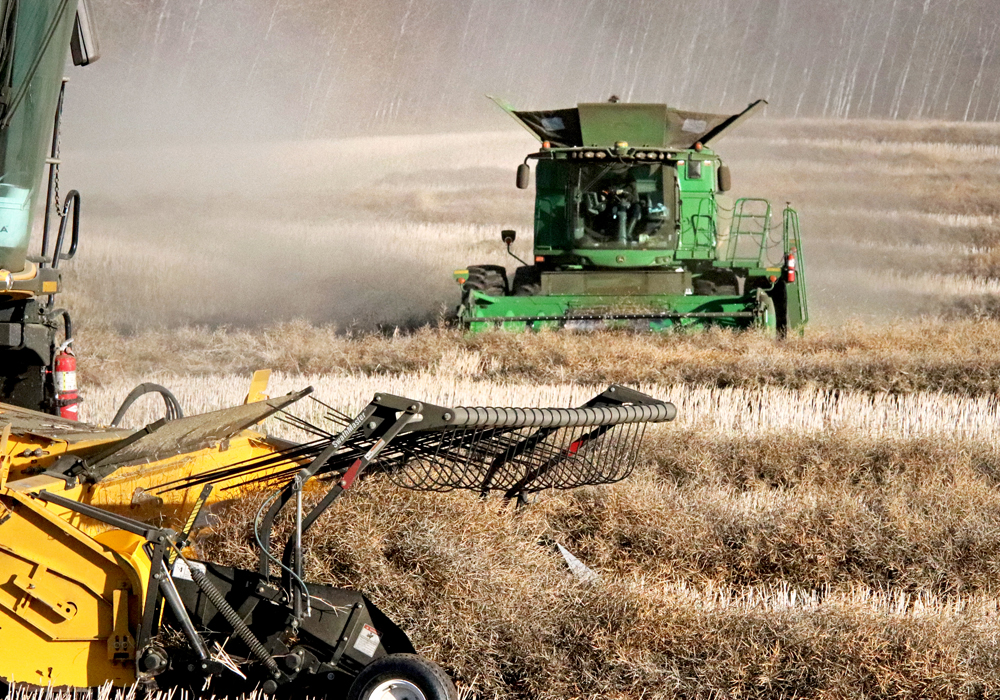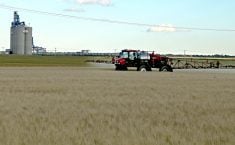The president of the Agricultural Producers Association of Saskatchewan says farmers have to start to pushing back on canola prices and other numbers that affect markets.
Todd Lewis, who was re-elected to a fourth term at the organization’s December annual meeting, said producers should be asking more questions if it turns out China is obtaining the Canadian canola it needs by way of other countries.
His comments came after a presentation from AGT Foods and Ingredients chief executive officer Murad Al-Katib, in which he said only two exporters can’t ship into China, and 65 percent of normal volume is still moving there.
Read Also

New coal mine proposal met with old concerns
A smaller version of the previously rejected Grassy Mountain coal mine project in Crowsnest Pass is back on the table, and the Livingstone Landowners Group continues to voice concerns about the environmental risks.
“The 35 percent that’s down in China is up in other places,” he said.
“They’re crushing our canola and sending oil to China. At the end of the day, the situation is not nearly as bad as sometimes we’re reading about in the media.”
Canola shipments to Europe are up, and farmers are moving their crop.
“I haven’t heard of anybody that can’t sell canola,” said Lewis.
“There’s no lack of demand, so how come the price is still down where it is?”
He and Al-Katib both asked if the market is reading the signals correctly.
“There’s a demand for (canola), but it’s at the price they’re wanting to pay for it,” Lewis said during the meeting.
“We’re off a couple bucks at least on canola. How motivated is our industry to see that price get back up when they’re crushing canola at $9 and selling the oil at the same price they were last year?”
He said crush margins are huge, and about half of the canola is crushed domestically. He said producer organizations have to start questioning figures such as carryout. Recent forecasts put the 2019-20 canola carryout at 4.7 million tonnes.
“That’s the signal the market is taking, but I don’t know at the end of the day that’s correct,” he said.
“There’s canola in the field. There’s less acres sown. Where are these numbers coming from?”
Saskatchewan Agriculture Minister David Marit said Lewis raised some good points.
He recently travelled to Mexico, where he met with the country’s two largest crushers. He said they currently crush about 80 percent palm and 20 percent canola but intend to reverse that within three years.
Bangladesh is looking to Canada for canola, pulses and meat, as are other countries.
“If we can move 20 percent of that China canola to others, we don’t have a problem anymore,” he said.


















